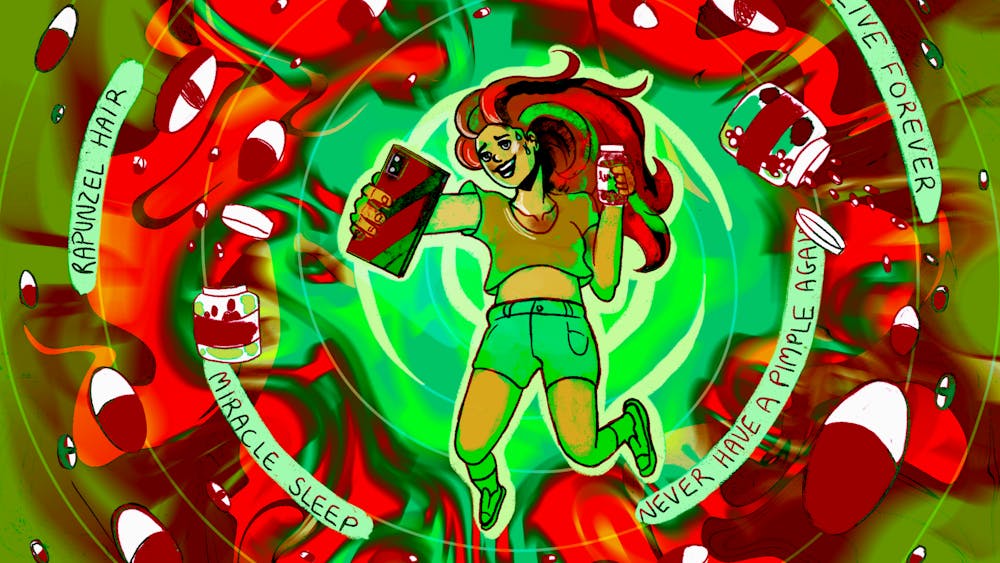On Friday, July 13, JPMorgan Chase illustrated a perfect example of why the “Big Banks” are necessary.
In May, JPMorgan reported it had suffered a $2 billion loss due to some flawed and poorly executed investment banking moves. Since the original $2 billion figure was released, speculations swirled that the loss was far greater than originally reported. JPMorgan’s shares took a nose dive, and criticism of the “Big Banks” seemed to be reignited.
JPMorgan Chase and CEO Jamie Dimon put on a display worthy of a Comeback Play of the Year Award when they released their second quarter earnings Friday.
JPMorgan Chase posted a $5 billion profit in the second quarter, good for $1.21 a share, beating analysts’ projections by $.49 a share. The news helped JPMorgan’s stock climb nearly 6 percent and spearheaded an almost 200 point rally by the Dow.
JPMorgan Chase’s ability to post a profit after the reported loss shows the need for the “Big Banks.” While people will argue the loss would never have happened if such large banks did not exist in the first place, the big banks are able to do things smaller institutions would never be able to.
The sheer size of JPMorgan allowed the firm to move forward as if the “London Whale” incident never happened. Had it not had the ability to cover its own losses, the economic effects could have been devastating.
If JPMorgan had missed the projected earnings, rather than beat them, it would be safe to assume the Dow would not have been up more than 200 points.
“Today is all about bank uncertainty getting resolved,” said Doug Cote, chief market strategist at ING Investment Management. “To me, that’s what is really driving the
market.”
JPMorgan’s ability to sustain such a great loss and still post a profit was the move investors needed to see to reconcile much of the uncertainty surrounding banks.
“They are the single best bank, not only domestically but globally,” said Chip Cobb, portfolio manager at BMT Asset Management in Bryn Mawr, Penn., in a MarketWatch article.
The “Big Banks” are still big, and they are still profitable. Despite the criticism and justified blame they have received during the past few years, they are still some of the most integral parts of the world economy today. They offer the financing and support other businesses around the world need to exist. Instead of trying to destroy and breakdown the “Big Banks,” people should hope they begin to thrive once again.
The better the “Big Banks” do, the more willing they are to lend money. The more willing they are to lend money, the easier it is for businesses to expand. When it’s easy for businesses to expand, it’s easy for them to create jobs.
We need the “Big Banks.”
— wfgryna@indiana.edu
Comeback play of the year
Get stories like this in your inbox
Subscribe





